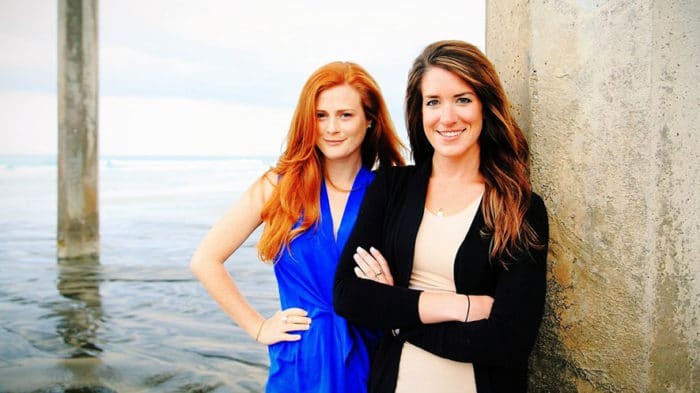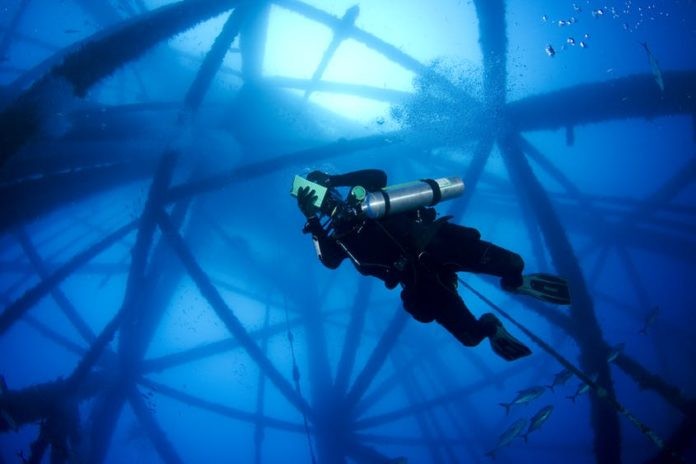Great swathes of the ocean have been plundered by humanity’s insatiable desire for continued offshore oil and gas. Household names including BP and Shell have been responsible for oil rig ruptures which have nevertheless become well-documented events over the last half-century. In areas including the Gulf of Mexico, oil rigs continue to negatively affect the ocean ecosystem, and unfortunately, will do so for generations to come. In addition, as these oil platforms come to the end of their viable production lives, oil companies, in accordance with scientists and environmental agencies, have to decide what to do with these colossal rigs.
In the Gulf of Mexico, there are over 175 active offshore rigs; off the Californian coast, there are 27 alone. One option is to complete rig and platform removal. The superstructure will be lifted to the surface and towed to South East Asia where decommissioning, scrapping and removal will take place. Yet, with some structures as large as the Empire State Building, the removal procedure is sure to create a considerable carbon footprint and a recycling logistical nightmare.
Another and a more exciting alternative is the Rigs-to-Reef program, proposed by the Bureau of Safety and Environmental Enforcement in 1984. Over the marine life of the structure, a plethora of aquatic life begin to reside on the rig, BSEE began to work with numerous organizations to keep the rigs in the water long after the oil and gas companies have left. The result is the creation of artificial reefs that benefit the marine ecosystem and in turn industries such as scuba diving and fishing. Furthermore, this policy prevents environmentally costly removal and increased carbon output.
After the sealing and capping of the oil well are complete, the drilling rig will be removed. The platform itself is the next part of the structure to be decommissioned. A typical eight-leg structure provides a home for at least 15,000 fish, according to a study by the Coastal Marine Institute. The geometrical symmetrical beams and crossbeams that lie under the surface of the platform are an ideal artificial reef teeming with scallops, anemones, mussels, soft coral and various species of fish. Individual rig structures can exceed heights of 2000 feet from the surface to bottom. When the scallops at the surface level die and fall to the ocean floor rockfish use their shells to lay eggs before migrating to the top of the platform, thus a unique circle of life begins.
There are numerous ways of allowing the rig to continue to function as a reef without becoming an eyesore or indeed a hazard to passing marine vessels.
- Tow the rig to a shallower, eco-friendlier area.
- Topple the entire structure on its side.
- Remove the upper section of the structure and create two separate sites (must have at least 85 feet of clearance for ships to safely clear the structure).
The creation of Blue Latitudes has been a beneficial development within the Rigs to Reef fraternity. They are a Californian non-profit that combines industry expertise with research-based insights and technical tools to assess offshore infrastructure to determine the best environmental, economic and socially responsible outcomes for the client. Founded by Emily Callahan and Amber Jackson, the two marine scientists met at the University of California, San Diego while studying for Masters Degrees in Marine Biodiversity and Conservation. After discovering the success of the already established ‘Rigs to Reef’ program (in the Gulf of Mexico, Rigs to Reef have reefed 532 platforms as of April 15, 2018), the two women pledged their support to the existing program by creating their own company and offering scientific and educational outputs to further assist the positive transformation of the oil and gas platforms.

However, there are those who oppose the Rigs to Reef program. In some areas of the world, cultural beliefs dispute the preservation of iron structures in their waters. In addition, certain invasive species may find these artificial reefs a haven to flourish and jeopardizing the equilibrium of an ecosystem.
The issue that is most relatable in California is the fact that all liability of the structure is transferred from the oil and gas companies to the state or Department of Fish and Wildlife. This policy saves oil companies millions of dollars from potential lawsuits and disassembly, a certain negative for environmentalists. However, the oil or gas companies are legally obligated to split the savings 50/50 with the state which eventually is siphoned to conservation and education needs, a definitive positive according to Callahan and Jackson.
Positives of the process are what Blue Latitudes are attempting to convey to the public via seminars, workshops, and online classes. Not only will flora and fauna populations begin to thrive, but the artificial reef also creates a unique opportunity for the scuba diving industry and fishing charters. The artificial reef will be able to create jobs in the local community and educate those with an interest in marine life.
For those interested in diving upon one of the offshore rigs in Californian waters, Eureka is perhaps the most famous site. 8 miles off the coast of Los Angeles, Eureka plunges 720 feet into the Pacific, making it the deepest diver-accessible rig in the world. Between the months of July and December, clarity can reach up to 100 feet and species including mola mola, brittlestars and crabs are often seen visiting or habituating on the superstructure. A surreal experience, diving between the struts and spires of the superstructure creates an experience not unlike gazing up at the beams of a cathedral.

